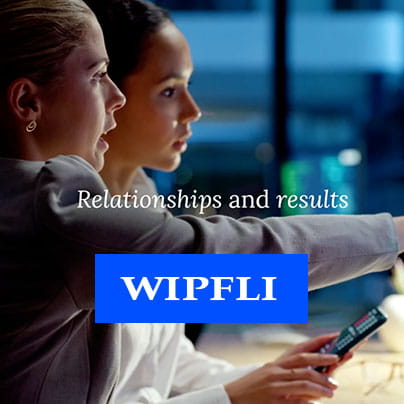-
INDUSTRIES
-
SERVICES
-
SOFTWARE SOLUTIONS
-
- Wipfli Marketplace
- Wipfli Connect Industry CRM Solutions
- Wipfli Connect for Banking
- Wipfli Connect for Contractors
- Wipfli Connect for Manufacturing
- Wipfli Connect for Nonprofits
- Wipfli Connect for Real Estate
- Integrated Products for Sage Intacct
- AssetEdge
- CFO Connect for Sage Intacct
- Concur Connectors for Sage Intacct
- EMRConnect for Sage Intacct
- HCMConnect
- LM-2 on Sage Intacct
- PositivePay for Sage Intacct
- Integrate invoice processing & AP automation with Concur Connectors
-
-
ABOUT
-
-
CAREERS
- CONTACT
- LOCATIONS



